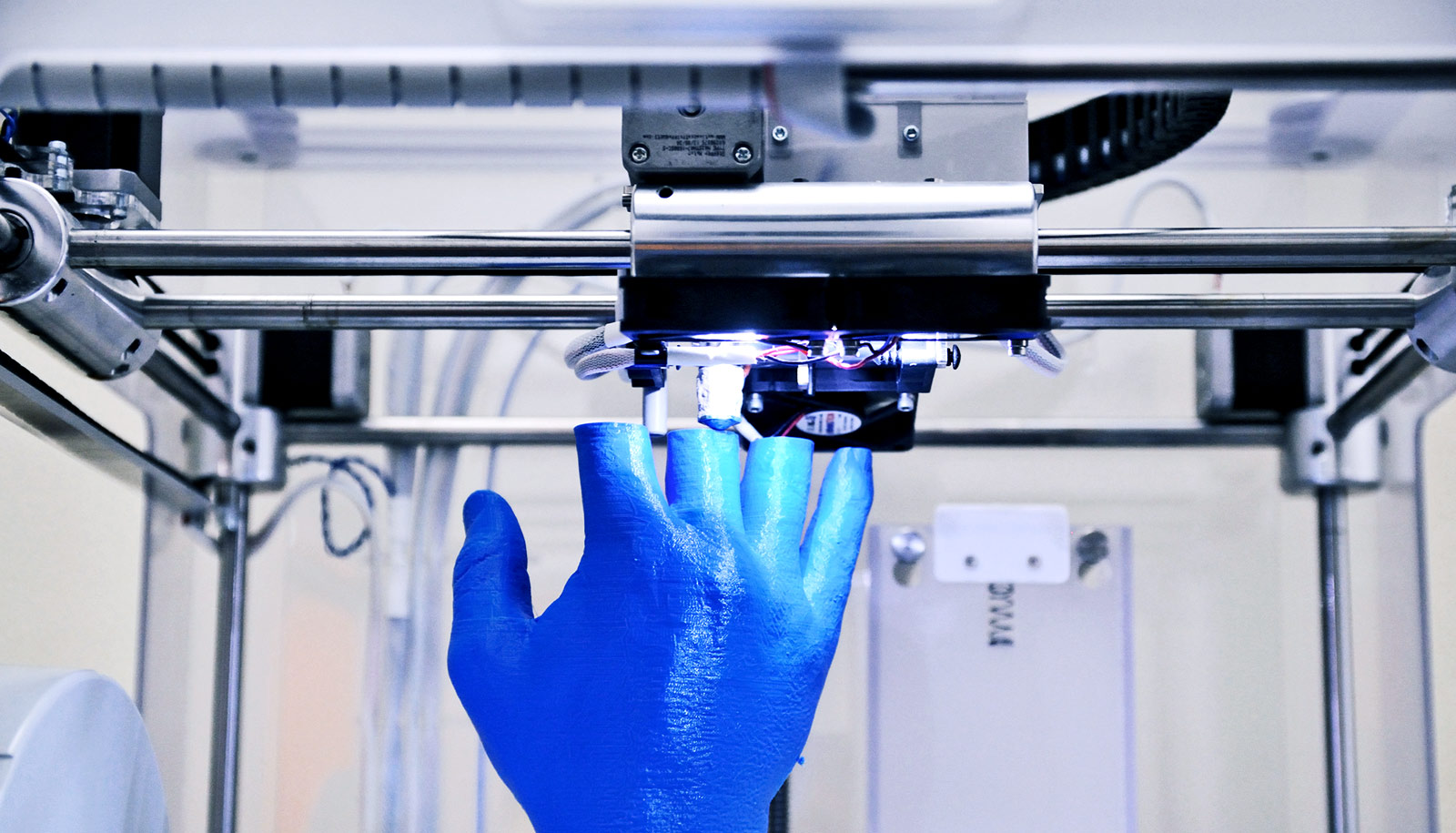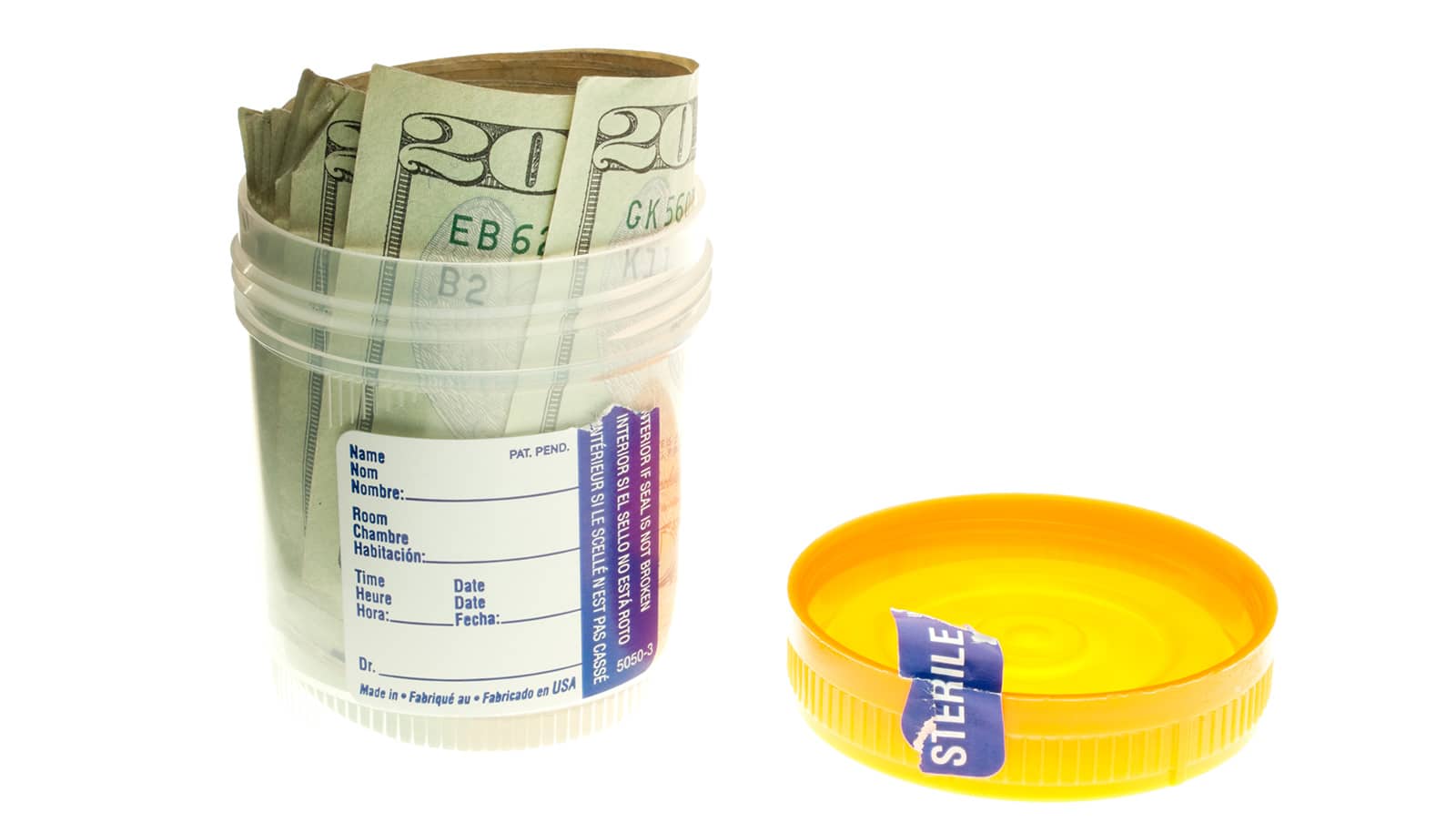A new study aims to alert medical professionals to the potential of 3D printing’s future use in the field.
3D printing technology is going to transform medicine, whether it is patient-specific surgical models, custom-made prosthetics, personalized on-demand medicines, or even 3D printed human tissue, says Jason Chuen, Director of Vascular Surgery at Austin Health and a Clinical Fellow at the University of Melbourne.
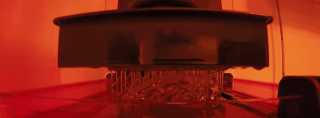
Before inserting and expanding a pen-sized stent into someone’s aorta, the hose-like artery that carries our blood away from the heart, Chuen, a surgeon, likes to practice on the patient first. Not for real of course, but in plastic.
He has a 3D printer in his office and brightly colored plastic aortas line his window sill at the Austin Hospital in Melbourne. They are all modeled from real patients and printed out from CT scans, ultrasounds, and x-rays.
“By using the model I can more easily assess that the stent is the right size and bends in exactly the right way when I deploy it,” says Chuen.
“At the moment 3D printing is at the cutting edge of medical research, but in the future the technology will be taken for granted by all of us in healthcare,” he says.
At its core 3D printing is the use of computer guidance technology to create 3D objects from digital plans by applying layers of material, such as heated plastic, or powders in the case of metals and ceramics. It is being used to print out anything from toys and food, to warships producing on-demand spare parts and even drones. Medicine is just another frontier.
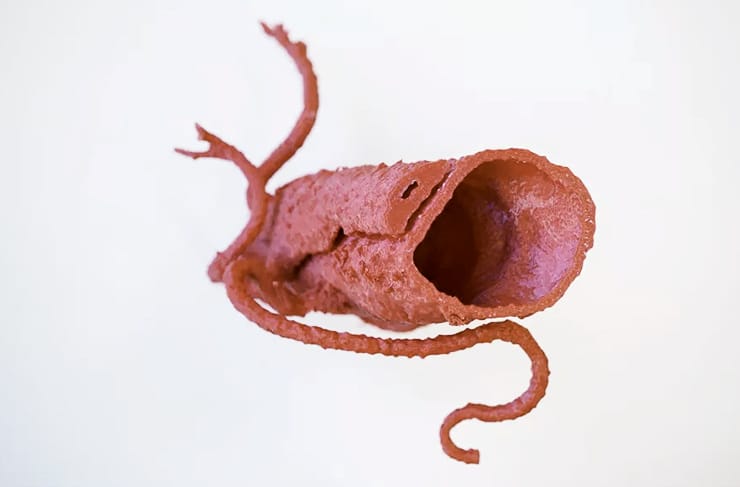
The new paper, coauthored by Chuen and Jasamine Coles-Black, from the Austin Hospital in Melbourne, appears in the Medical Journal of Australia.
Here are the top five areas in which 3D printing is set to change medicine, according to the Chuen and Coles-Black:
1. Bioprinting
It sounds like something out of Frankenstein, but could we eventually 3D print human organs? Not exactly, says Chuen. But he’s convinced that in the future we will be able to 3D print human tissue structures that can perform the basic functions of an organ, replacing the need for some transplants.
Scientists are already using 3D printing to build “organoids” that mimic organs at a tiny scale and can be used for research. They are built using stem cells that can be stimulated to grow into the functional unit of a particular organ, such as a liver or kidney. The challenge he says is to scale up organoids into a structure that could boost a failing organ inside a patient.
“…we are moving towards a world where if you can imagine it, you will be able to print it…”
Such “bioprinting” involves using a computer-guided pipette that takes up cell cultures suspended in nutrient rich solution and “prints” them out in layers suspended in a gel. Without the gel the cells would simply become a watery mess.
The problem, says Chuen, is that once inside the gel, cells can die in a matter of minutes. This isn’t a problem for small structures like organoids that can be built quickly and then transferred back into a nutrient solution. But it is a problem when attempting to make something larger like an organ because the initial layers of cells will die before the organ is completed.
“Unless there is some breakthrough that enables us to keep the cells alive while we print them, then I think printing a full human organ will remain impossible. But where there is potential is in working out how to reliably build organoids or components that we could then bind together to make them function like an organ,” says Chuen.
2. Lots of pills in one
People suffering from a range of ailments, such as the elderly, are often dependent on taking multiple pills throughout the day. But imagine if one pill could replace the ten pills your doctor has prescribed?
According to Chuen, 3D printing is on the way to making this possible, opening up a whole new world of customized medicines.
Rather than simply embedding a single drug in a pill that is designed to dissolve and release the drug at a set time, the precision of 3D printing means pills can be designed to house several drugs, all with different release times. A 3D printed “polypill” that contains three different drugs has already been developed for patients with diabetes and hypertension.
It maybe that in the future instead of a prescription your doctor will be giving you a digital file of printing instructions.
3. Rehearsals for surgery
Studies of surgeons using 3D printed models to rehearse procedures have shown that operations can be completed faster and with less trauma for patients. The potential cost savings alone are considerable. As Chuenpoints out, running an operating theatre can cost AUD$2,000 an hour. That is over AUD$30 a minute.
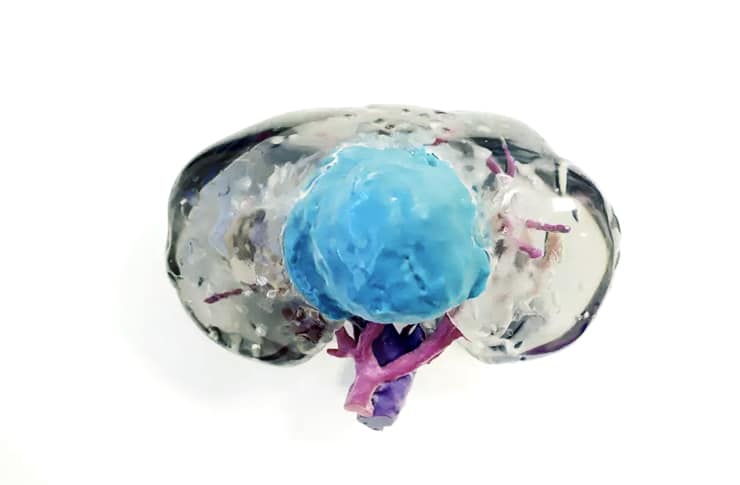
Chuen and Coles-Black themselves have begun printing out copies of patient kidneys to help surgeons at the Austin in planning the removal of kidney tumors. Such hard plastic models can be made more realistic by printing them in more expensive flexible material such as thermoplastic polyurethane. The material cost of the hard plastic aortas in Chuen’s office is about AUD$15 (less than $12 in the United States), whereas if printed in soft plastic the cost can rise to AUD$50 (less than $40 USD).
The real cost in 3D printing biological models is not just materials or printers, but also the software used to translate the scans into files for the printer. The 3D segmentation software Chuen uses costs about AUD$20,000 a year (under $16,000 USD).
4. Custom prosthetics
As soon as 3D printing began to take off people were quick to see the opportunity for creating amateur prosthetics for their pets—from puppies to geese, and even tortoises. Unlike for humans, there was no mass-supply chain of prosthetics for pets. But mass-supplied prosthetics are likely to be a thing of the past as 3D printing is increasingly used to manufacture prosthetics that are exactly tailored to a patient’s needs.
3D printing could make medical implants in hours
“For example, with hip replacements, surgeons have to cut and ream a patient’s bone to fit the prosthetic, but in the future, it will be normal to 3D print a prosthetic to fit a patient,” says Chuen.
5. Spread-out production
Just as 3D printing is allowing customized production of medicines and devices, the production itself is likely to become localized. The warehouses that are full of packaged medicines and prosthetics will in the future likely be replaced by digital files of designs that hospitals and pharmacies will be able to download and print on demand using stored raw materials, says Chuen.
Such distributed manufacturing, he says, could make medicines and devices more equitably available across the world so long as a local hospital for instance has the printing technology in place and access to raw materials.
However, Chuen warns distributed production will present new risks for ensuring the quality control of end products. It will need a fundamental shift in responsibility from the supplier to wherever the medicines or devices are manufactured. “That represents a huge shift and we have to work out how it could work. But if we get the regulation right then it will transform access to medical products.”
3D printing helps predict if new heart valves will leak
But for Chuen, the immediate overall challenge in medical 3D printing is ensuring that medical professionals themselves are up to speed with the technology because it is their clinical experience that will be needed to drive its successful application.
“It is a revolutionary technology that will make medical care better and faster, and more personalized. But what we need is for more medical professionals to start exploring and experimenting with what this new technology can do, because many things that we thought of as impossible are now becoming possible.
“I think we are moving towards a world where if you can imagine it, you will be able to print it—so we need to start imagining,” Chuen says.
Source: University of Melbourne
